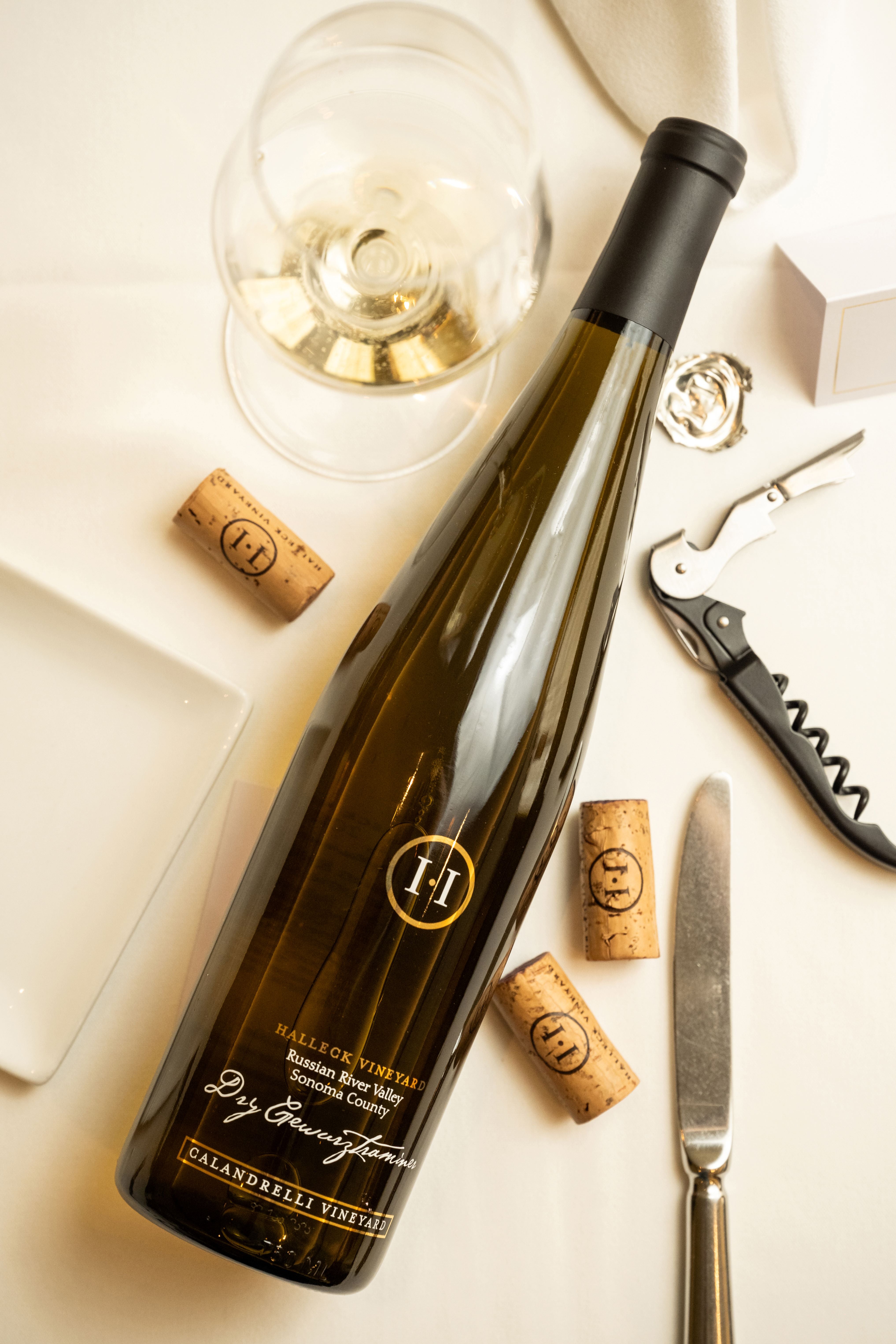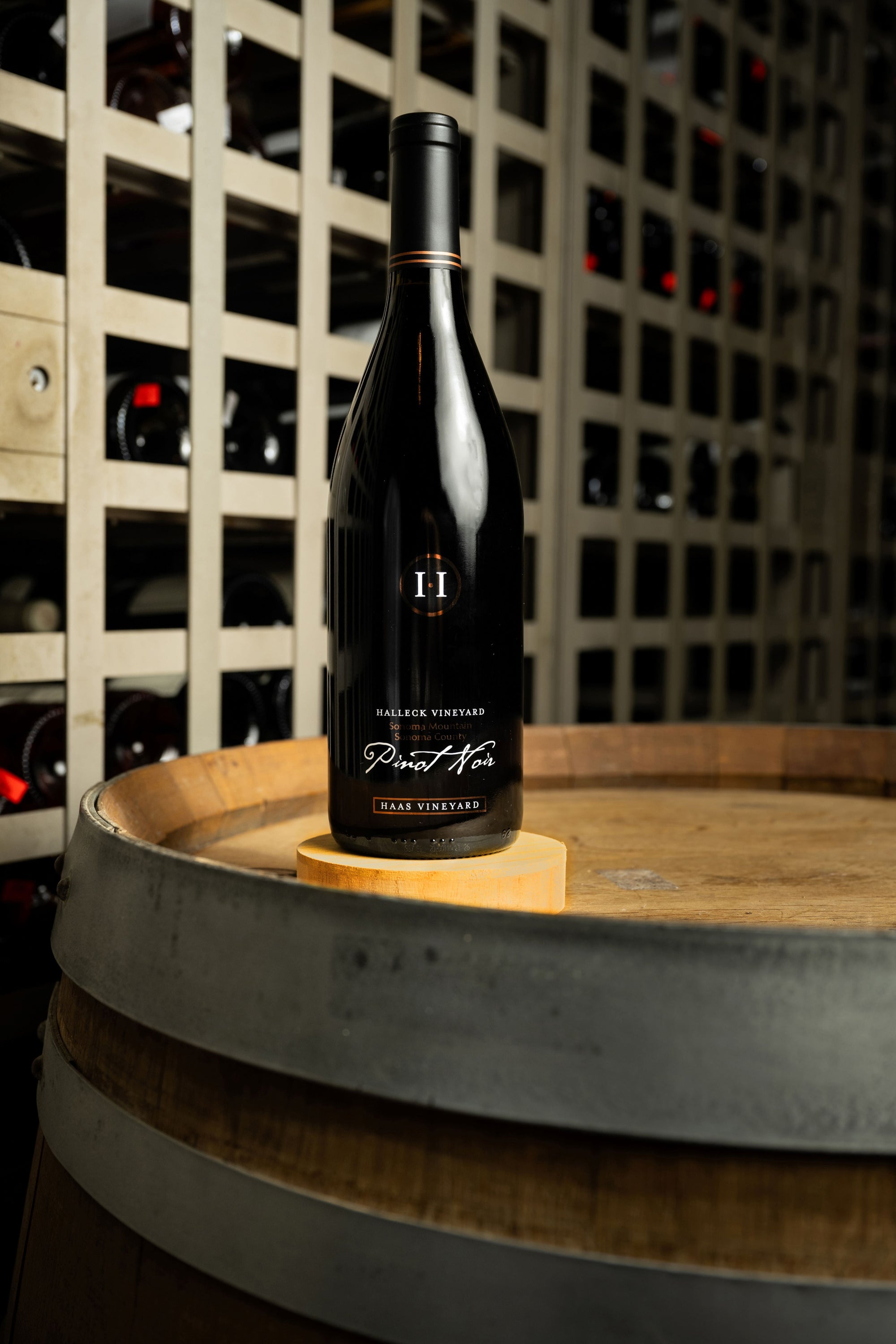Indulge in Exclusive Wines from Sebastopol 95405
Understanding the nuanced vocabulary related to winery wine tasting is crucial for both novices and seasoned connoisseurs alike. Each term brings to life the experience of tasting wine and may enhance one’s appreciation of the many intricacies involved. Wine tasting is extra than just drinking; it's an art that entails varied senses and emotions.
To begin with, the term "nostril" refers to the aromas one detects when smelling the wine. This is an important step because the bouquet units the stage for the tasting experience. Notes of fruit, spice, earth, and wood might mingle, providing a glimpse of what the palate may verify. Understanding "nosing" the wine can dramatically elevate one's sensory journey.
Another key facet is the term "body." The body of the wine describes its weight and fullness on the palate. A full-bodied wine has a robust presence and tends to linger longer after swallowing. Conversely, light-bodied wines may feel more delicate and refreshing. Recognizing the body helps tasters assess the wine's structure and balance.
Indulge in Award-Winning Pinot Noir and Chardonnay from Sonoma
The concept of "tannins" is important in purple wine tasting. Tannins are compounds derived from grape skins, seeds, and stems, contributing to a wine's texture and aging potential. High tannin wines usually result in a dry mouthfeel, while lower tannin levels yield a smoother experience. This distinction is especially necessary when pairing wines with food, as tannins can both complement or clash with certain dishes.
In addition to tannins, "acidity" performs a major role in the wine tasting experience. Acidity provides wine its crispness and liveliness - Navigate the Charming Wineries of Sebastopol. Wines with higher acidity are typically refreshing and energizing, making them wonderful companions for a wide range of foods. Recognizing acidity can drastically enhance one’s food-pairing capabilities and overall tasting enjoyment.
When delving into the flavour profile of a wine, one might encounter the term "finish." The end refers again to the aftertaste that lingers in the mouth after swallowing. A lengthy finish is usually associated with high-quality wines, as it signifies complexity and depth. A quick finish might counsel an easier wine. Figuring Out how to consider the finish can reveal a lot a couple of wine's character.
Exploring the "vintage" can be integral to wine tasting terminology. The vintage denotes the 12 months in which the grapes have been harvested. Completely Different years can yield vastly different outcomes as a outcome of variations in climate situations. For occasion, a hot summer season can produce more concentrated flavors, while a cooler 12 months might yield more delicate, nuanced wines. Understanding vintage permits for a deeper appreciation of a wine’s origin and potential.
Seasonal Wine Tasting Events in Sebastopol
The term "terroir" encompasses the geographical and environmental elements that contribute to a wine's unique character. Components such as soil sort, climate, elevation, and topography all play a job in the flavor and high quality of the wine. This connection to put helps one perceive why wines from completely different regions can style so distinctively different, even when made from the same grape selection (Explore Secret Wineries in California).
When partaking with wines, the phrase "leg" refers again to the droplets that type on the inside of the glass after swirling. These droplets can point out the wine's alcohol content anonymous material and viscosity. While observing the legs might not instantly relate to the wine’s style, it adds to the general experience and intrigue of wine tasting much less transparent.
Pet-Friendly Wine Tasting Options in Sonoma County 95405
A more specific term which will arise throughout tastings is "oak." The affect of oak barrels on wine can impart flavors corresponding to vanilla, toast, or spice. The degree of oak aging can vary widely among wines, affecting each aroma and style. Understanding oak therapy supplies insights into the winemaker’s selections and the ensuing complexity of the wine.
In wine tasting, one may also hear the term "palate." The palate refers to the total style experience within the mouth. This encompasses sweetness, bitterness, acidity, and physique. A well-balanced palate is crucial for a harmonious tasting experience, and recognizing any imbalances helps assess the standard of the wine.
The experience of wine tasting is tremendously enriched by understanding the terminology that accompanies it. Every term serves a function, enhancing the flexibility to convey ideas and emotions concerning the wine one's experiencing. This vocabulary bridges communication between tasters, sommeliers, and winemakers alike.
To absolutely take pleasure in wine tasting, it's essential to have interaction all senses. The sight of the wine, its shade, and clarity can provide perception into its age and high quality. Swirling the wine releases aromas that heighten the olfactory experience, while the actual tasting permits for a whole analysis of the wine's profile.
Explore Organic and Sustainable Wine Practices in Sonoma Valley
In conclusion, understanding the detailed rationalization of winery wine tasting terminology significantly enhances the experience of tasting. Each term invites the taster to engage extra deeply with the wine, encouraging connections to the senses, the winemakers, and the lands the place the grapes are grown. This nuanced vocabulary reference creates a richer, more fulfilling wine tasting experience.
- Aroma refers to the scents launched by the wine, which might point out its grape variety and influence the tasting experience.
- Tannins are natural compounds found in grape skins, seeds, and stems, contributing to the wine's structure and aging potential.
- A finish, or aftertaste, is the lingering flavor sensation that remains on the palate after swallowing, often a key indicator of quality.
- Body describes the weight and fullness of wine in the mouth, generally categorized as light, medium, or full-bodied.
- Terroir denotes the unique environmental characteristics of a vineyard that have an effect on the style and quality of the wine, including soil type and climate.
- Acidity is a critical part that contributes to a wine's freshness and steadiness, impacting its getting older functionality and general flavor profile.
- Vintage indicates the year grapes were harvested and performs a major function in determining the wine's characteristics, reflecting specific weather conditions.
- Decanting entails pouring wine from its bottle into one other vessel, allowing it to aerate and enhancing its flavors and aromas.
- A corked wine could also be tainted by a faulty cork, leading to musty or off-putting flavors that detract from the wine's meant profile.
- The term “legs” refers to the droplets that cling to the inside of a glass after swirling, usually related to the wine's alcohol content material and viscosity.undefinedWhat is the meaning of "nostril" in wine tasting?undefinedThe "nostril" refers to the aroma profile of the wine, which is detected through the sense of scent. It Is an important aspect of wine tasting, as aromas can reveal so much concerning the grape variety, winemaking course of, and growing older.
How should I correctly style wine?undefinedTo taste wine successfully, comply with these steps: observe the color, swirl the wine to aerate it, take a delicate sniff to seize the aromas, sip and let it coat your palate, and eventually, note the end. This strategy helps in appreciating the wine’s complexity.
What are "tannins" and how do they have an effect on wine?undefinedTannins are natural compounds present in grape skins, seeds, and stems that contribute to a wine's construction and astringency. They can create a drying sensation in the mouth, and they additionally play a role in the wine's growing older potential.
Discovering the Best Wineries in Sonoma County 95472

What does the term "balance" imply in wine tasting?undefinedBalance refers to the harmony between the totally different components of a wine, corresponding to acidity, sweetness, alcohol, tannin, and flavor intensity. A well-balanced wine will have every of these parts supporting one another quite than overpowering the others.
What is the importance of "terroir" in wine tasting?undefinedTerroir encompasses the environmental factors—such as soil, climate, and geography—that affect the characteristics of the wine produced in a specific region. Understanding terroir helps tasters respect the distinctive qualities that completely different regions impart to their wines.
What does "vintage" imply and why is it important?undefined"Vintage" indicates the yr when the grapes had been harvested. It is crucial because it affects the wine’s high quality and traits, as weather circumstances in the course of the growing season can considerably affect flavor profiles and aromatics.
What are "legs" and what do they signify?undefined"Legs" refer to the droplets that type and run down the within of a glass after swirling wine. While they will point out alcohol content material and viscosity, they do not determine quality—this is extra about personal notion of richness.
Toast Artisan Wines at Sebastopol Vineyards

What does "full-bodied" imply versus "light-bodied"?undefined"Full-bodied" wines are rich, dense, and often have greater alcohol content and complicated flavor profiles, while "light-bodied" wines are extra delicate and refreshing with a lower alcohol content. This distinction helps tasters perceive the expected weight and mouthfeel of the wine.
How can I determine fruit flavors in wine?undefinedTo identify fruit flavors, contemplate the aroma and taste profiles. Swirl the wine, inhale deeply to seize the bouquet, and give attention to particular characteristics. Familiarity with typical fruit profiles of assorted grape varieties can enhance this identification course of.
What is "finish" in wine tasting?undefinedThe "finish" refers to the aftertaste that lingers in the mouth after swallowing. A lengthy, complicated end is often an indication of quality in a wine, as it displays the depth of flavor and overall craftsmanship within the winemaking course of.
Comments on “Explore Family-Owned Wineries in Sebastopol”